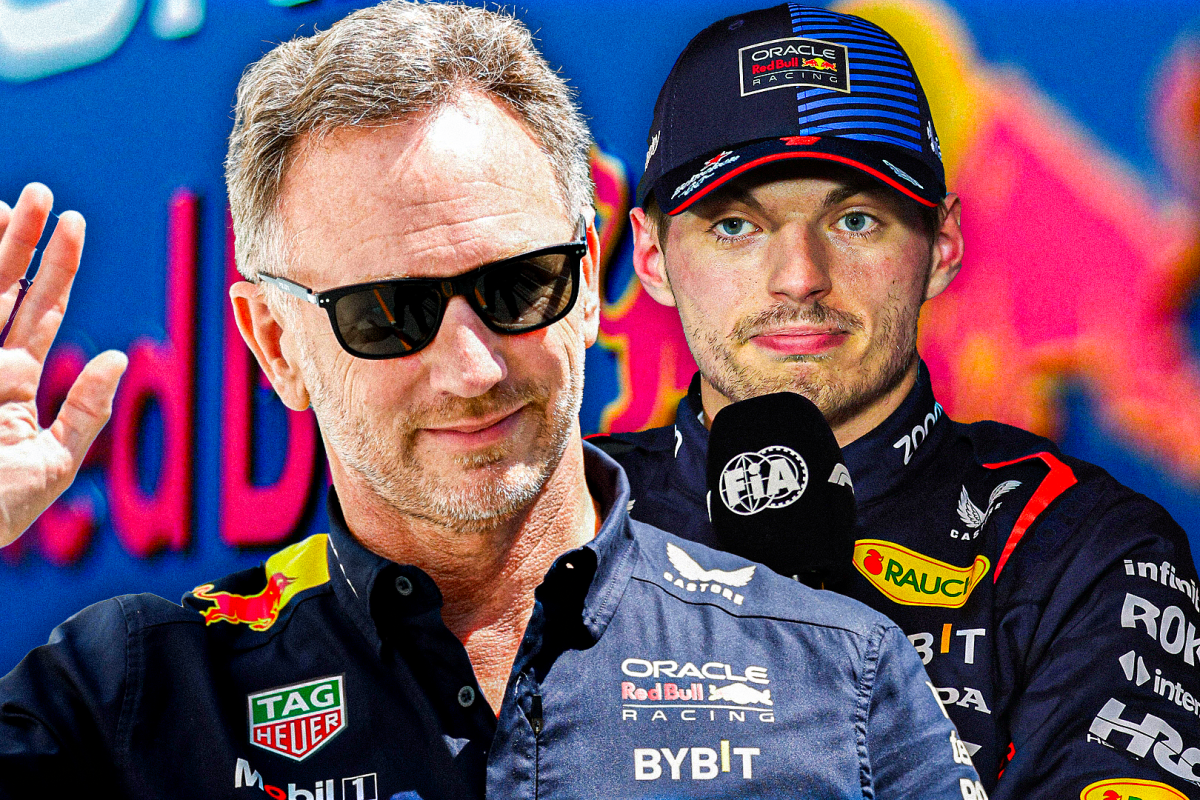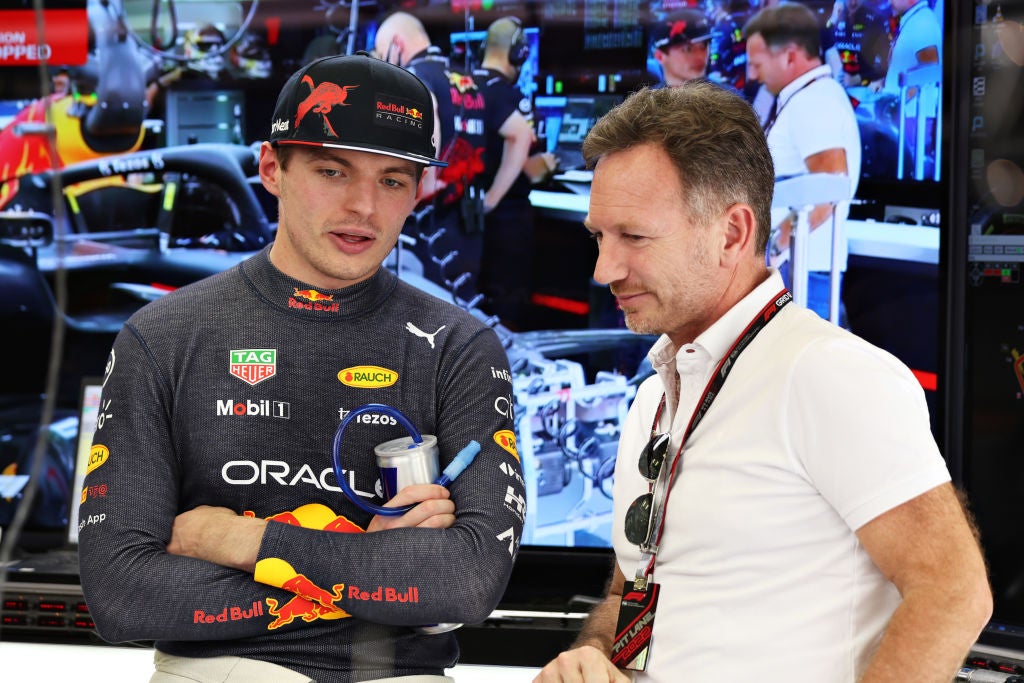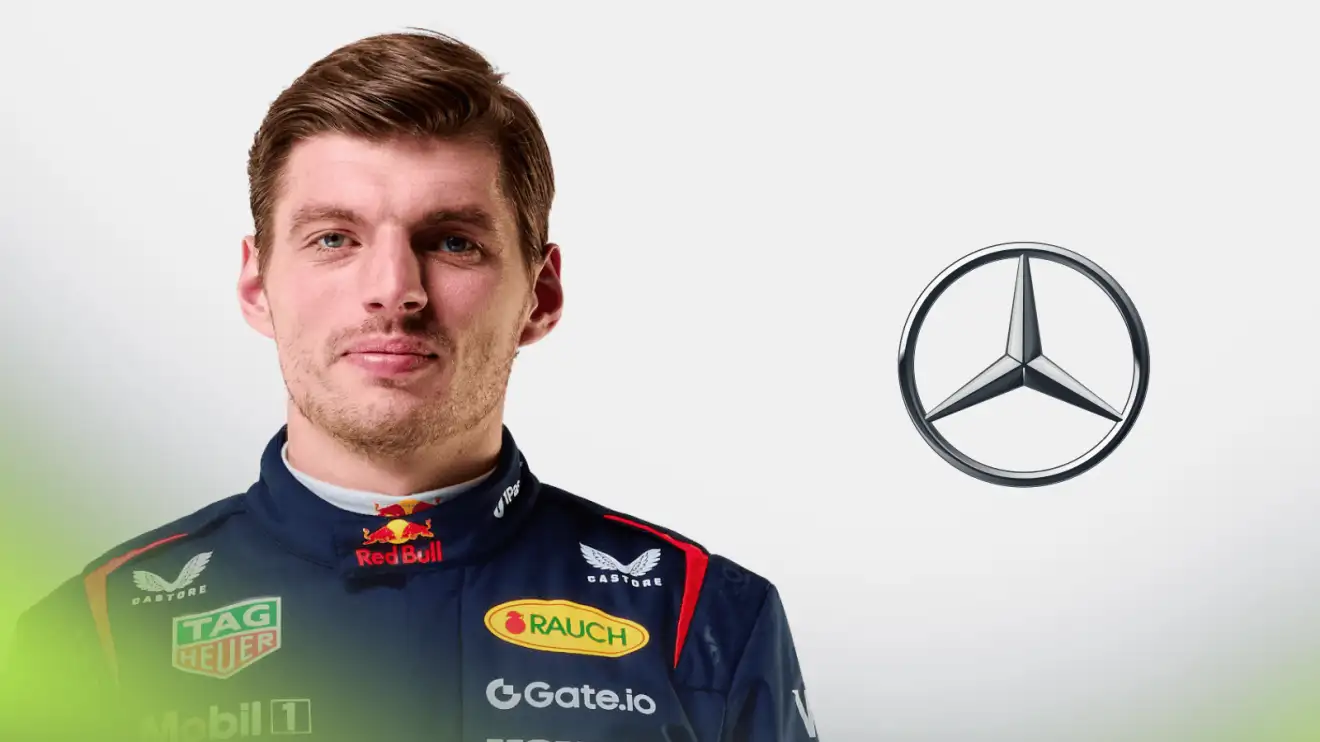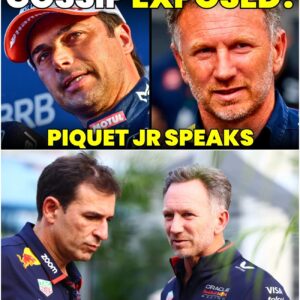Red Bull’s Internal War: The Shocking Power Struggle That Toppled Christian Horner’s Leadership
In a stunning shake-up that sent shockwaves through the Formula 1 world, Christian Horner’s sacking marked more than just a leadership change—it was the collapse of an empire built on dominance, but poisoned by control. While official statements remained vague, reports emerging from the paddock and insider voices like Nelson Piquet Jr. and Martin Brundle point to a far deeper story. This wasn’t simply about pleasing Max Verstappen. It was a power play gone wrong—and Red Bull paid the price.

The Official Silence
When Red Bull released its short, clinical announcement—“Released from his duties. Laurent Mekies appointed CEO”—it offered no reasons, no gratitude, no public clarity. And reportedly, Horner himself didn’t get one either. For a figure who had led the team to multiple world titles and shaped its modern identity, the coldness of the statement raised eyebrows across the F1 community.
The silence didn’t last long. As journalists and insiders filled the vacuum, a clearer narrative emerged: this was less about racing performance and more about internal politics, unchecked ambition, and the fallout of toxic leadership.
Beyond Max Verstappen
Max Verstappen is Red Bull’s golden boy. With multiple championships under his belt and an aura of invincibility on the track, he has more influence than most drivers ever dream of. Many assumed Horner’s exit was the result of Verstappen’s discontent—or perhaps his father’s. But Nelson Piquet Jr., speaking candidly on the Pelas Pistas podcast, claimed otherwise: this wasn’t just about Max. This was about power.
According to Piquet, Horner wanted complete control—not just of the racing team, but of Red Bull Powertrains, personnel decisions, and the overall direction of the company. It was a coup attempt in all but name. Horner envisioned himself as not just the team principal, but the emperor of Red Bull Racing.

A House Divided
But ambition has consequences. As Horner consolidated his grip, the internal culture reportedly turned toxic. What followed was a slow but steady erosion of Red Bull’s technical core.
Rob Marshall, one of the team’s top engineering minds, left for McLaren.
Adrian Newey, the legendary aerodynamicist and perhaps the greatest F1 designer of all time, announced his departure after 19 years.
Jonathan Wheatley, the sporting director and a key figure in team operations, was poached by Sauber (soon to be Audi’s works team).
These weren’t minor losses. They were the pillars of Red Bull’s technical excellence. And their departures signaled a deeper rot—one allegedly caused by Horner’s domineering approach.
Inside sources claim top engineers and new recruits were hesitant to join or stay under Horner’s command. The atmosphere was described as one of micromanagement, pressure, and internal mistrust.
Verstappen’s Ultimatum
With the team’s performance on the line and Verstappen’s long-term future at stake, Red Bull faced a crisis. Verstappen and his camp reportedly issued a warning: either Horner goes, or Max considers walking. The idea of losing their star driver was unthinkable.
So Red Bull made a choice. They let Horner go and began quietly negotiating a massive severance deal—rumored to be in the region of $100 million—to clean house and reset the culture. In doing so, they hoped to stabilize the organization and appease the Verstappen camp.
But even that may not be enough.
Mercedes and the 2026 Wildcard
The next set of F1 regulations arrives in 2026, and with them, a reset of the competitive landscape. Verstappen’s contract with Red Bull runs through 2028, but there’s now widespread speculation that he could jump ship to Mercedes, especially if the team fails to rebuild trust and cohesion.
According to Piquet Jr., a decision must be made by August of this year. Mercedes, eager to regain its former glory and backed by a long-term vision, is courting Verstappen with open arms. The possibility of seeing the reigning champion in silver is no longer far-fetched—it’s plausible.

Red Bull’s Fragile Future
As the 2025 season looms, Red Bull faces a crossroads. The immediate challenge isn’t just to win races—it’s to rebuild a fractured internal structure, re-establish a positive team environment, and keep their champion happy.
New CEO Laurent Mekies inherits an organization with immense potential but scarred relationships. To move forward, he must do what Horner failed to do: delegate power, inspire loyalty, and foster a culture of innovation, not fear.
The departure of Christian Horner may have ended one chapter of dominance, but it has opened another filled with uncertainty.
The Real Championship Battle
The drama on the track may captivate fans, but the real battle is unfolding behind the scenes. Red Bull’s 2025 and 2026 seasons will be shaped not by tire strategies or pit stops, but by boardroom decisions, personnel dynamics, and trust.
If the team fails to right the ship, Verstappen’s exit may trigger a cascade of further losses—sponsors, engineers, and future drivers. But if they succeed in reshaping their identity post-Horner, they could launch a new era of success. The stakes couldn’t be higher.
Conclusion: Was It Worth It?
The fall of Christian Horner was not a random or isolated incident. It was the culmination of years of escalating power plays, rigid control, and internal backlash. Red Bull may have avoided disaster by cutting ties with him, but the cost—both financially and culturally—was immense.
As Formula 1 barrels toward a new era, the Red Bull saga is a cautionary tale: in a sport where milliseconds matter, leadership can make or break legacies. And sometimes, the biggest battles aren’t fought on the track—they’re waged behind closed doors.
Whether Horner’s fall was about Verstappen or a failed empire grab, one thing is certain: in Formula 1, power is as fleeting—and as volatile—as pole position.
Full Video:
